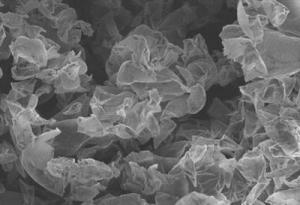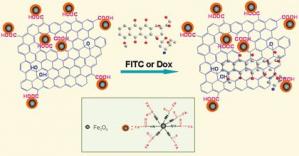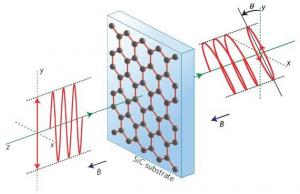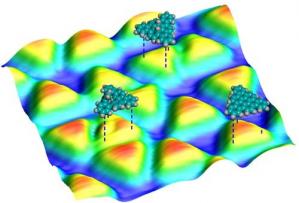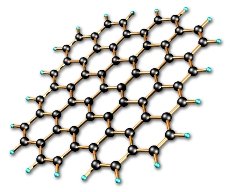Graphene used for organic solar cells
Researchers from MIT have created a new organic solar cell that uses transparent Graphene based electrodes. The new electrodes are made by using AuCl3to dope graphene, which makes it more durable and more efficient.
Transparent solar cells are useful because they can be used inside windows, and researchers are looking to replace ITO that is used in current designs.
